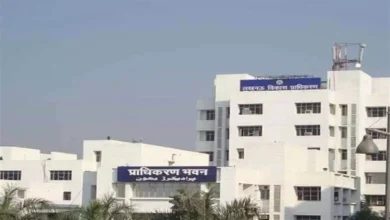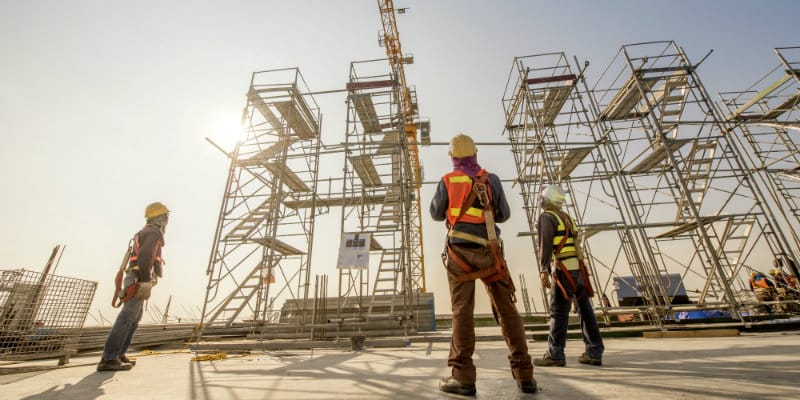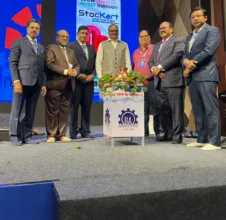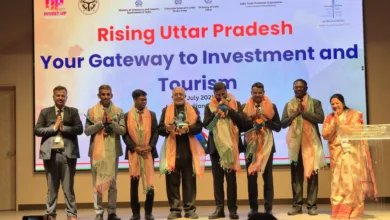Yogi Adityanath Becomes Longest Serving Chief Minister of UP
With over 3,052 days in office, Yogi Adityanath surpasses Govind Ballabh Pant to become Uttar Pradesh’s longest serving Chief Minister.
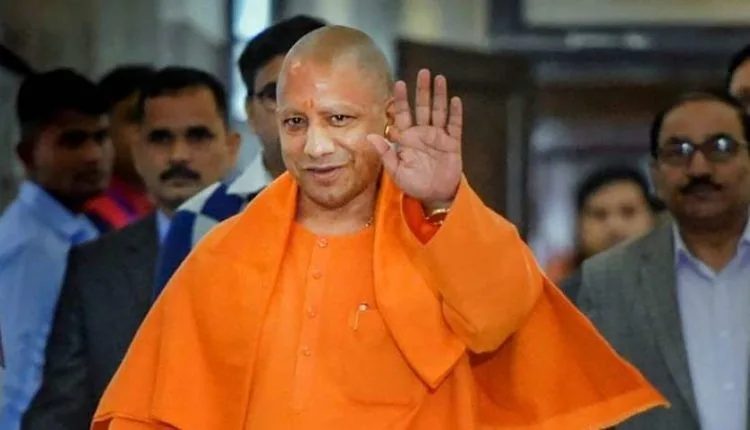
Lucknow | 28, July 2025 : Yogi Adityanath has created history. He is now the longest serving Chief Minister of UP. His total days in office have reached 3,052. He has broken the record of Govind Ballabh Pant, who served for 3,047 days.
A Big Political Milestone
This is a major achievement in Uttar Pradesh’s political journey. Govind Ballabh Pant held the record for many decades. He served both before and after India’s independence.
Now, Yogi Adityanath has gone past him. This makes him the longest-serving CM in the state’s history.
Only CM to Return with Majority
Yogi Adityanath is also the only Chief Minister in UP who came back to power with a full majority after completing a full term. His party, the BJP, won the 2022 election with strong numbers.
Before this, no CM in the state had achieved this in over 30 years.
What This Means
This moment is important for several reasons:
- Yogi Adityanath now holds a new record in UP’s politics.
- He has shown stable leadership.
- He has won back the people’s trust with a clear majority.
Key Work During His Tenure
During his time as CM, Yogi Adityanath has focused on:
- Law and order reforms
- Hiring more than 2 lakh police personnel
- Building new police buildings, hospitals, and barracks
- Holding regular public meetings (Janata Darshan) to help citizens directly
These efforts have brought visible changes to how the state functions.
Breaking Old Beliefs
Earlier, many CMs avoided visiting Noida, thinking it would cost them their seat. Yogi Adityanath broke that belief. He visited Noida several times and still won elections.
This bold move showed that old political myths no longer matter.
The Road Ahead
Yogi Adityanath has now entered the history books as the longest serving Chief Minister of UP. His journey shows strong public support and consistent leadership. As he continues in office, all eyes will be on what he does next.
Final Thoughts
This moment is not just about numbers. It reflects the trust of the people and the leadership of a man who has changed many things in UP politics. Yogi Adityanath’s long tenure and strong comeback will be remembered for years to come.
Also Read : IAS Alok Kumar Shares Heartfelt Message After Promotion


